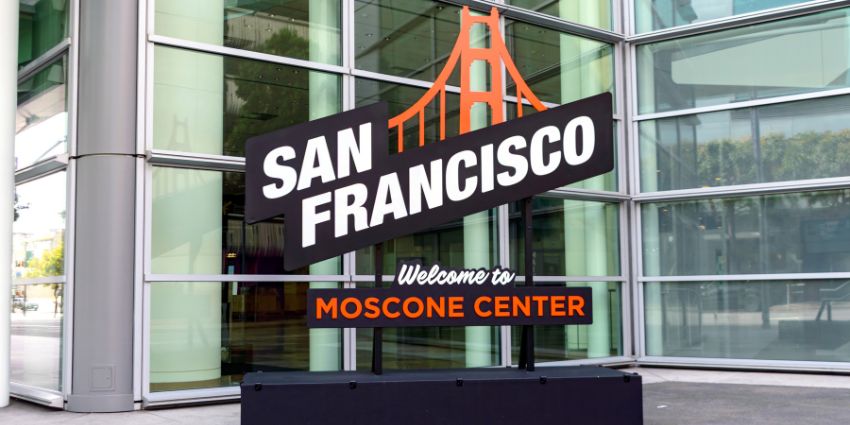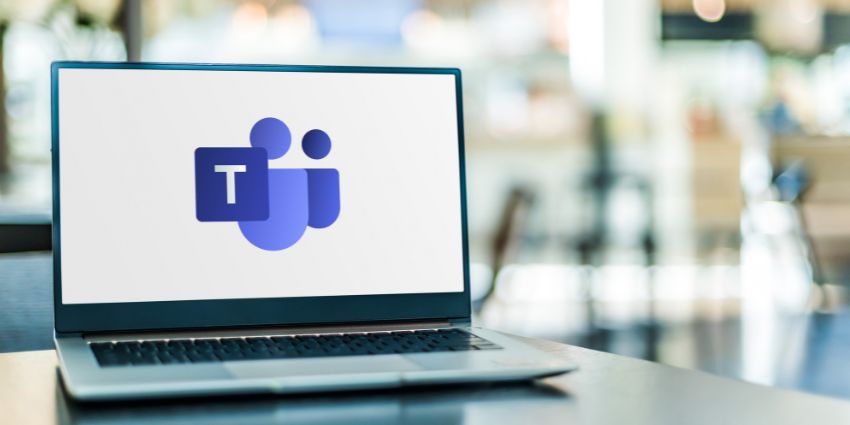As hybrid and remote work models become the norm, it’s critical that businesses adopt robust, scalable tools to maintain seamless collaboration, security, and productivity. Google Workspace has emerged as a leading choice, granting a raft of unified apps and services designed to support distributed teams.
However, leveraging Google Workspace effectively requires precise strategic implementation. Here’s what IT leaders and decision-makers need to know to optimise their hybrid and remote workforce for success.
The Benefits and Challenges of Google Workspace for Hybrid and Remote Businesses
Choosing Google Workspace for hybrid and remote teams offers several advantages:
- Seamless Collaboration: Google Docs, Sheets, and Slides offer real-time document editing, encouraging teams to collaborate effortlessly regardless of location.
- Integrated Comms: Google Meet, Chat, and Gmail provide a unified communications ecosystem, skirting the friction of most distributed work.
- Cloud Accessibility: With everything stored in Google Drive, employees can securely access files from anywhere, on any device.
- Advanced Security: Google Workspace encompasses enterprise-grade security features, such as endpoint management and data loss prevention.
- Scalability: Whether scaling up or down, Google Workspace is flexible in adapting to businesses’ changing needs with flexible licensing and integrations.
However, organisations also face challenges in adopting Google Workspace effectively:
- Security and Compliance: Ensuring data protection and regulatory compliance demands in-depth policies and controls.
- User Adoption: Employees accustomed to legacy tools may face friction when transitioning.
- IT Governance: Managing permissions, access controls, and integrations across a dispersed workforce can present myriad issues in its complexity.
- Productivity Management: Without clear and established guidelines, employees may struggle with tool and app overload or inefficient workflows.
IT leaders must institute best practices for implementation, security, and collaboration to maximise Google Workspace’s potential.
- TeamViewer Integrates Google Meet to Reduce Barriers in Remote Support
- Q-SYS VisionSuite Elevates Hybrid Meetings With Google Meet Certification
Top 10 Best Practices for Managing Hybrid and Remote Teams with Google Workspace
1. Standardise Usage and Governance Policies
A priority for IT leaders should be a well-defined governance framework that ensures consistency in how Google Workspace is used across teams. Set clear guidelines for:
- File-sharing permissions to prevent unauthorised access.
- Naming conventions for shared documents and folders.
- Email security protocols and best practices.
- Device management policies to secure remote endpoints.
2. Leverage Google Drive’s Shared Drives for Team Collaboration
Instead of relying on individual users’ My Drive storage, create Shared Drives for teams, departments, or projects. Benefits include:
- Centralised file ownership, preventing data loss if an employee leaves.
- Automatic permission inheritance hinged on team roles.
- Better organisation and searchability of documents.
3. Implement Strong Security Measures
IT leaders can protect their organisation with these critical security configurations:
- Enforce two-step verification (2SV) for all accounts.
- Use Context-Aware Access to restrict access based on user location, device security, or network IP.
- Enable data loss prevention (DLP) policies to impede sensitive data leaks.
- Monitor user activity via Google Workspace Admin Console and Security Center.
4. Optimise Communication Channels
To stop information silos and overload in their tracks, leaders can establish best practices for comms:
- Use Google Chat for rapid, informal chats.
- Reserve Google Meet for structured meetings and brainstorming sessions.
- Set up Google Groups for project-specific discussions and announcements.
- Train teams on precise email etiquette to maintain efficiency in Gmail.
5. Automate Workflows with Google Apps Script and Add-ons
IT leaders can reduce manual tasks and refine efficiency by leveraging automation:
- Use Google Apps Script to generate custom automations, such as automated email notifications or report generation.
- Explore Google Workspace Marketplace add-ons for integrations with CRM, project management, and HR tools.
- Set up Google Forms with auto-populated Sheets for survey and request management.
6. Train and Onboard Employees Effectively
Leaders can ensure smooth adoption by investing in structured training programmes:
- Provide onboarding guides and video tutorials tailored to Google Workspace.
- Schedule regular workshops on new features and best practices.
- Facilitate knowledge sharing via internal forums or Google Spaces.
7. Monitor and Optimise Productivity with Google Workspace Insights
Google Workspace affords built-in analytics tools that help leaders track team performance:
- Use Work Insights to analyse collaboration trends and identify workflow bottlenecks.
- Utilise Gmail and Chat usage reports to assess comms effectiveness.
- Evaluate Google Drive file activity to track engagement with shared content.
8. Secure Video Meetings and Remote Collaboration
With Google Meet at the core of virtual meetings, follow these security best practices:
- Require meeting codes or invite-only access to prevent unauthorised participants.
- Enable host controls to manage screen sharing, participant audio, and chat.
- Record and store important meetings in Google Drive for later reference.
9. Integrate Google Workspace with Third-Party Tools
Hybrid teams often rely on multiple platforms, so ensure seamless integration:
- Connect Google Workspace with project management tools like Asana or monday.com.
- Sync Google Calendar with scheduling platforms to skirt meeting conflicts.
- Use API integrations to streamline data flow between business apps.
10. Foster a Culture of Collaboration and Accountability
A successful hybrid workplace isn’t just about tools—it’s about mindset and habits:
- Encourage asynchronous collaboration by documenting key decisions in Google Docs.
- Set clear expectations for response times in Chat and Gmail.
- Use shared task lists in Google Tasks or Keep to track responsibilities.
- Recognise and reward productive collaboration to maintain user engagement in the team.
Conclusion
Google Workspace is an invaluable enabler of hybrid and remote work, but its success hinges on structured governance, security, and employee adoption. IT leaders can produce a seamless, secure, and immensely productive work environment by introducing these best practices.







